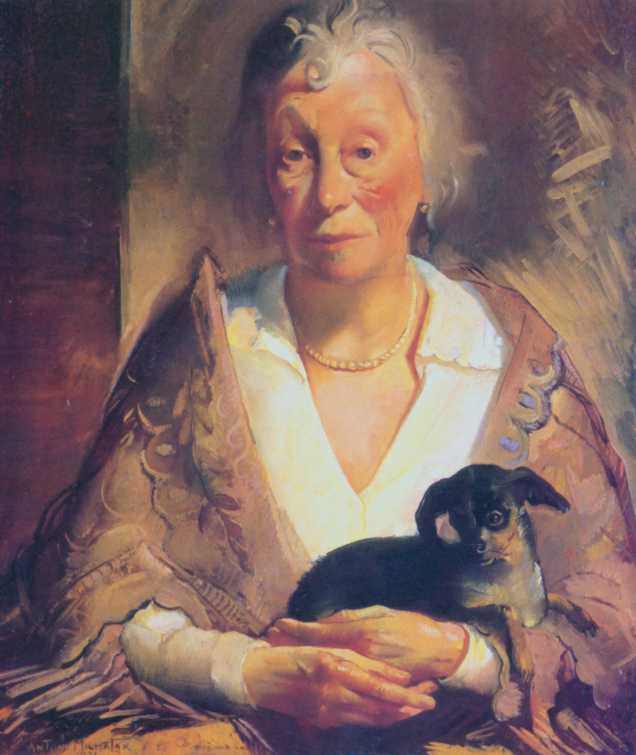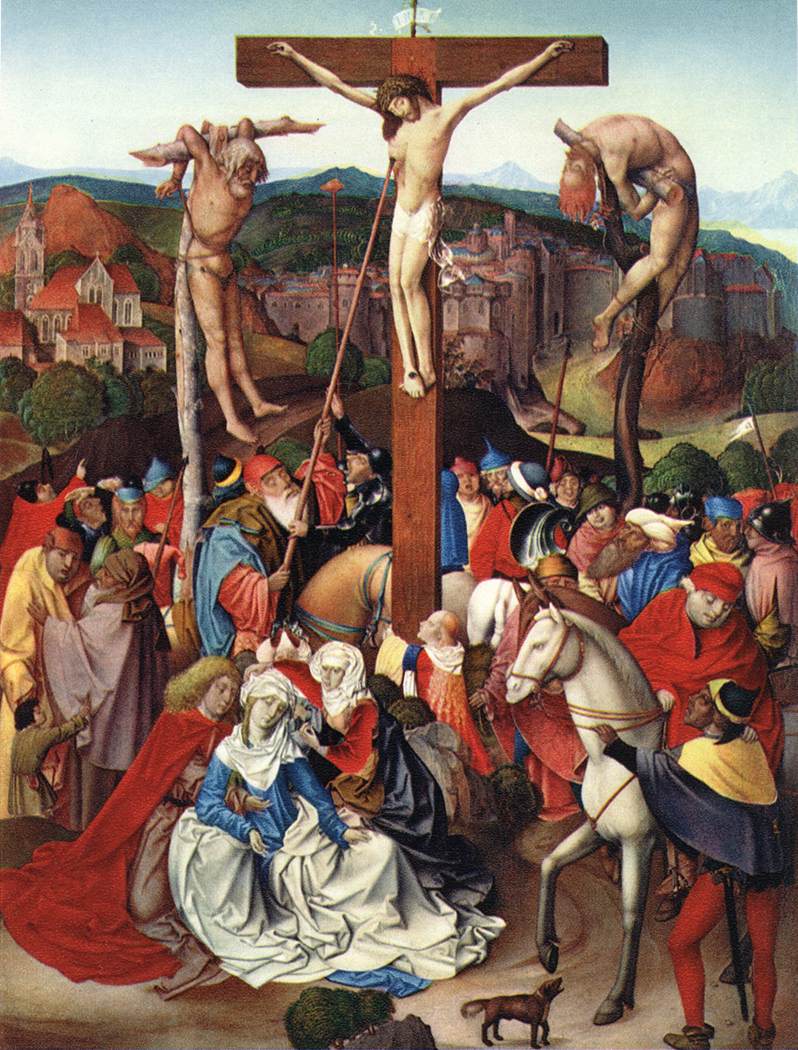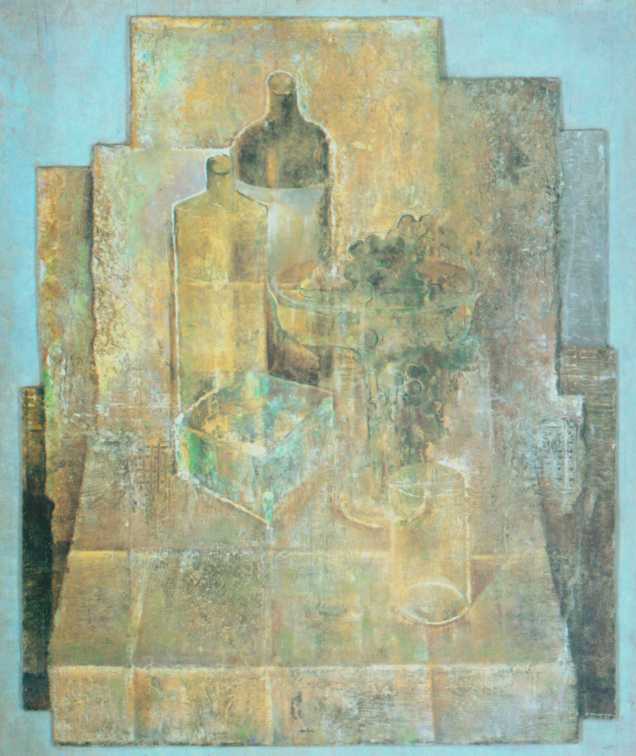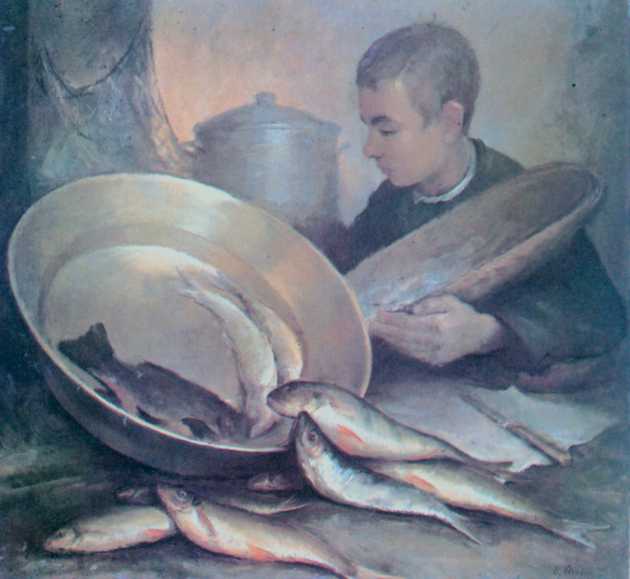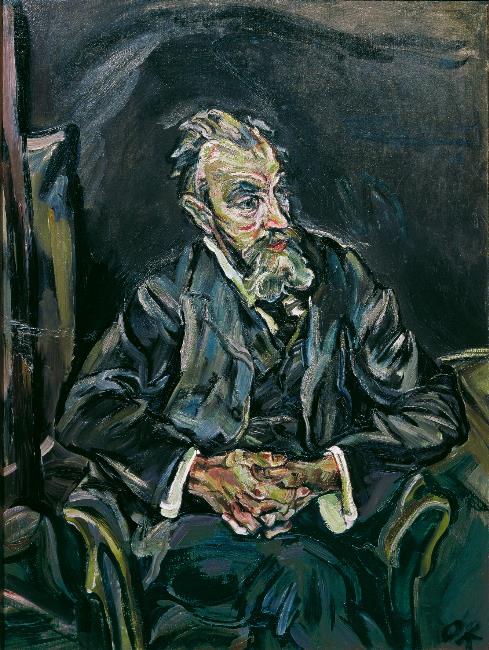
Bruegel and his contemporaries – Art History Museum – Vienna
To reach the works of Bruegel, you have to go through room IX, in which, among others,. works by a contemporary of Bruegel – Pietera Aertsena (ok. 1508-75). Aertsen, just like Bruegel, he often placed the figures in his works in a rural setting. In the foreground of the canvas depicting Christ visiting Maria and Marta, there is a meticulously rendered still life, and one of the scenes from the Gospel is visible in the background. Frans Floris, who during his lifetime enjoyed much more popularity than Bruegel, he is represented by the macabre Last Judgment, and the months of the year by Lucas van Valckenborch modeled on the work of Bruegel, (only five have survived), can be seen in the next room.
Of particular value to the collection of Pieter Bruegel the Elder (ok. 1525-69) it is its scope and breadth – innovative interpretations of religious stories can be found here, as well as allegorical peasant scenes. Although he had contacts in court circles in Antwerp, and then Brussels, Bruegel excelled in rural scenes earning himself the nickname "Peasant”. Apparently he was dressed as a peasant, to be able to move freely among the peasantry. The meticulous Children's Games are a classic example of his painting, image showing over 230 children playing in 90 various games. The most endearing of all his works in this genre is perhaps the series of paintings symbolizing the seasons of the year, commissioned by a wealthy Flemish banker; three (out of six) they're hanging in this room: Cloudy day, Return of the herd and, the most famous of them, Return from the hunt [Turn it off], in which the painter brilliantly captured the monotony of the winter landscape.
Some of his works on rural issues are decidedly moralizing. The Peasant Dance is a good example, where the dancing people ignore the Madonna image in the upper right corner. The Peasant Wedding presents a scene of gluttony, rather than a religious rite. The Nest Thief is more difficult to interpret. Some are willing to admit, that it illustrates a Flemish proverb: Who knows where the nest is, has knowledge; who steals them, has a socket”.
The image of the procession to Bruegel's Calvary is typical of the artist, full of energy, crowd of people, who seem completely unaffected by the tragedy, which unfolds imperceptibly in the middle. Macabre characters, indicative of Bosch's influence, people Fight carnival with fasting, complicated picture, in which the orgy of Shrovetide contrasts with the piety of Ash Wednesday. Tower of Babel (according to some it was inspired by the Roman Colosseum) it is more literal; represents the vanity of King Nimrod. The stunning details of the tower and the city below can unfortunately only be admired from a distance – after crossing the designated line, an alarm is triggered.
Bruegel's life coincided with a particularly turbulent period in the history of the Netherlands, which at that time were under the rule of the Spanish Habsburgs. Many interpreters try to read in his works hidden allusions to political events (the troops accompanying Christ on the Way of the Cross are Austrians). The most frequently cited example, Massacre of the innocents, notwithstanding the claims of some historians, it was actually painted prior to the intervention of the Duke of Alba, thus it cannot refer to the princely Blood Council, when it was executed 12 000 people.
Early Dutch painting
The works of the generation preceding Bruegel were exhibited in the halls 14 i 15. Jan van Eyck (ok. 1390-1441), the most famous, he is represented by two extremely detailed portraits. Similar realism can be found in the diptych of Hugo van der Goes (1440-82) Original Sin and Lamentation. The image of a snake with a woman's head gives the scene an antifeminist color. The only work by Hieronymus Bosch owned by the museum is located in the same room (ok. 1450-1516), Carrying the cross, a canvas filled with characteristic grotesque figures.
Three parts of the altar Crucifixion by Rogier van der Weyden (ok. 1400-64), with the figures of the two founders, they are deftly connected by undulating landscape. The two founders to the right of the cross in the main scene occupy positions almost on a par with the saints. A triptych by a student of van der Weyden, Hansa Memlinga (1440-94), it has a form more similar to the Italian one, with a carefully balanced symmetry and architectural layout.


